Actually, several questions. I’ve become a follower of Yugata’s career since meeting her at the massive Comic Market (“Comiket”) event in Tokyo last December. At that event and also at Comitia in May, I bought some of her work. The juxtaposition of cute high school girls and creepy insects is interesting, but the main attraction is not so much the subject matter as that it’s just drawn and colored so beautifully. This is a lady with real talent.
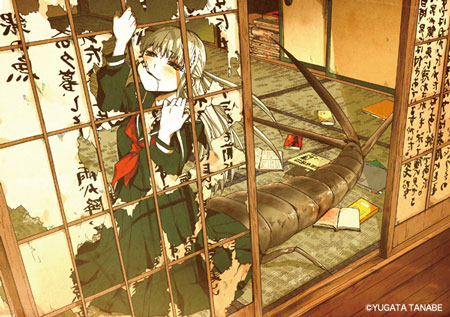
I feel I’d like to show characters who are both scary and cute. Putting horror elements together with cute ones, I think I can create something new and interesting. — Yugata
|
Stunned that this twentysomething artist is not already the toast of the Tokyo manga world, I’ve been wanting to spread the word about her. I first inquired about doing an interview in January. She has a lot going on, but finally found some time to sit down with me on June 21, 2015, in the Nakano area of Tokyo. What follows is a transcript, translated from Japanese and edited for length and clarity.
(Note: “Yugata” is a pen name; as is not unusual in Japan, she doesn’t put her real name on her work, at least in part because moonlighting is frowned upon. She also declined to let me take a photo of her; it’s your loss, I have to say.)
Working for a Living
DCP: Is making comics your job?
YUGATA: Well, I really want it to be my job, and lately I’ve been getting some things published in magazines. Continue reading Yugata, I’ve got a question…
 This week Tim travels just south of Tokyo to Yokohama to meet up with Chris Taylor (“Sketchfro”), creator of Relic Hunter: Riven, and James Stacey of Black Hook Press, which publishes Japanese translations of US and UK graphic novels. How do you prepare for conventions? Did you do comics differently back home? What’s different about tabling at German comics events? Why did Chris get in an argument with Archie Comics? That and more!
This week Tim travels just south of Tokyo to Yokohama to meet up with Chris Taylor (“Sketchfro”), creator of Relic Hunter: Riven, and James Stacey of Black Hook Press, which publishes Japanese translations of US and UK graphic novels. How do you prepare for conventions? Did you do comics differently back home? What’s different about tabling at German comics events? Why did Chris get in an argument with Archie Comics? That and more!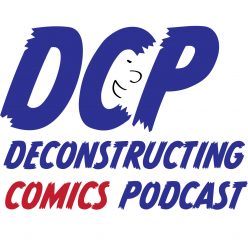
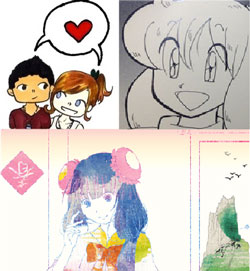 What are some advantages and disadvantages of comics as a medium? How can you show lack of motion in a comic? Is the lack of sound in a comic ever an advantage? How do you keep yourself going when you’re afraid that your work isn’t good enough? This and more this week with three Tokyo-area artists: Grace Mineta, who’s having considerable success with her
What are some advantages and disadvantages of comics as a medium? How can you show lack of motion in a comic? Is the lack of sound in a comic ever an advantage? How do you keep yourself going when you’re afraid that your work isn’t good enough? This and more this week with three Tokyo-area artists: Grace Mineta, who’s having considerable success with her 
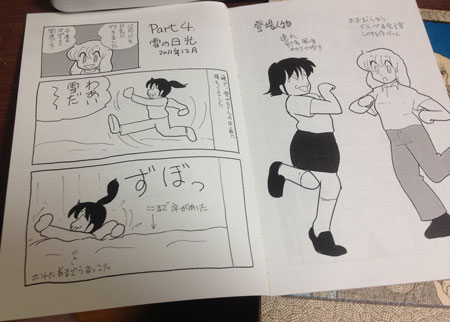

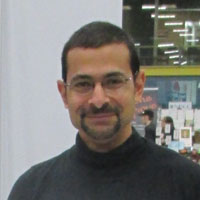
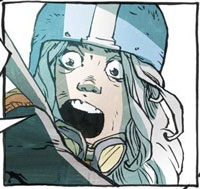
 Nao Yazawa
Nao Yazawa Critiquing Comics returns! Tim and Mulele dust off their neglected pile of submissions and look at
Critiquing Comics returns! Tim and Mulele dust off their neglected pile of submissions and look at 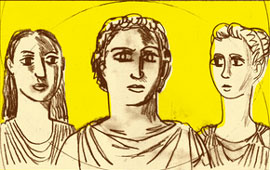 This week, an interview with Frank Santoro, who
This week, an interview with Frank Santoro, who  Yoshihiro Tatsumi, although he was a somewhat influential figure in the manga of the 1950s and ’60s, is largely forgotten in Japan today. However, within the past 10 years he has gained some belated fame in the West, thanks largely to the efforts of Adrian Tomine and Drawn & Quarterly.
Yoshihiro Tatsumi, although he was a somewhat influential figure in the manga of the 1950s and ’60s, is largely forgotten in Japan today. However, within the past 10 years he has gained some belated fame in the West, thanks largely to the efforts of Adrian Tomine and Drawn & Quarterly.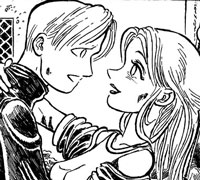
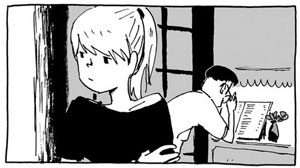 American comics fans were introduced to Ken Niimura back in 2010, when his art appeared in the Image miniseries I Kill Giants, written by Joe Kelly. Since then, Ken’s work has been seen in some short Spider-Man stories, and more recently, his book Henshin, which just came out in English from Image.
American comics fans were introduced to Ken Niimura back in 2010, when his art appeared in the Image miniseries I Kill Giants, written by Joe Kelly. Since then, Ken’s work has been seen in some short Spider-Man stories, and more recently, his book Henshin, which just came out in English from Image.